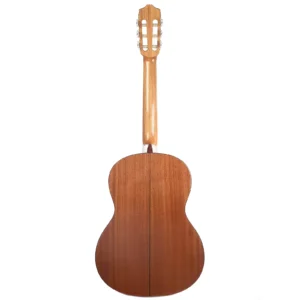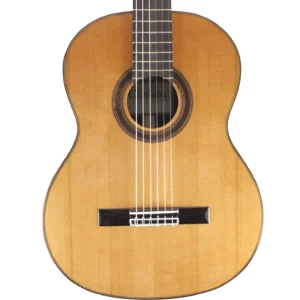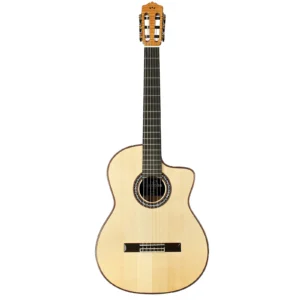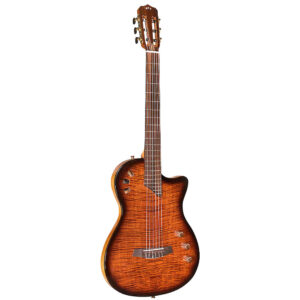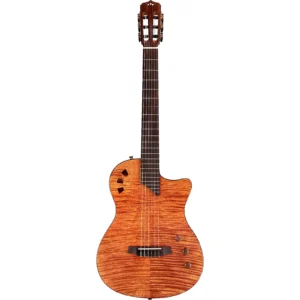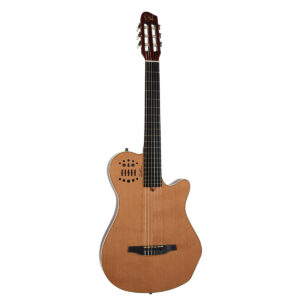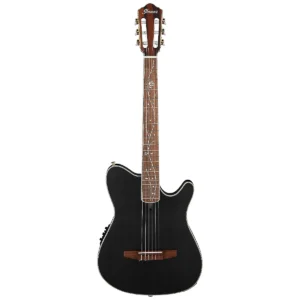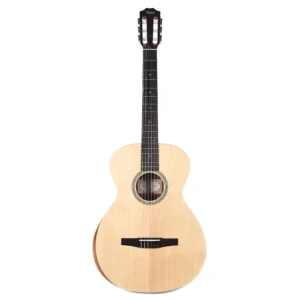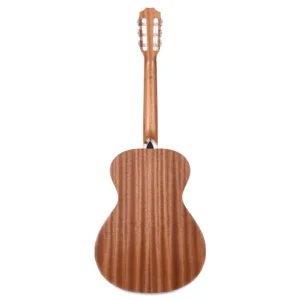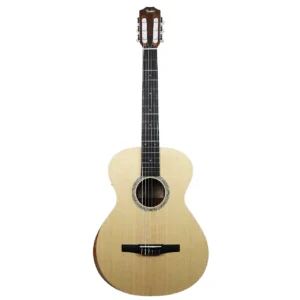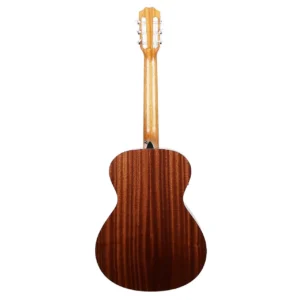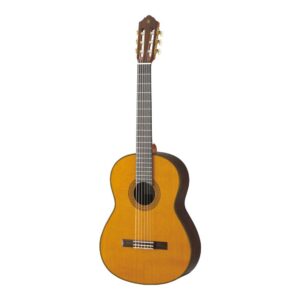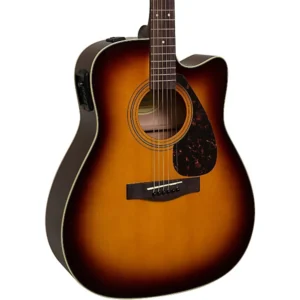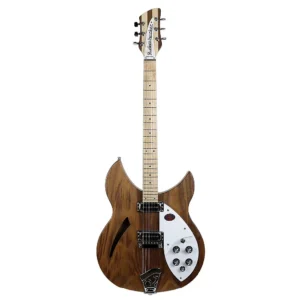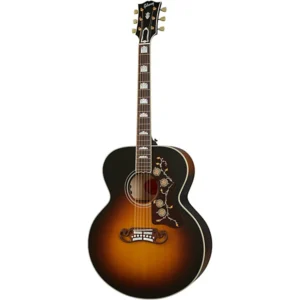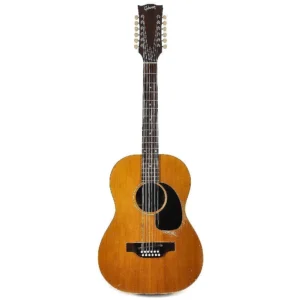To only discover classical guitars near you, use Midwest Guitar Center’s list of top cities and countries to search inside a certain location. You may also review shipping information in the “Shop Policies” section of an item.
Best Classical Guitars
The classical guitar has been enjoyed by musicians for generations due to its simple, clear sound and silky nylon strings. Whether you’re just starting out as a musician or an experienced one, there’s always room in your repertoire for this incredible instrument.
With its six-stringed design and hollow-bodied hardwood construction, the classical and nylon guitar returns every artist to the basics. The sound of the plucked string is amplified by the soundboard and vibrates through the body, just like in current acoustic guitars.
The classical style is distinguished by the use of nylon or metal-wrapped nylon strings for all six strings.
Because the strings are constructed of this material and are stretched at a lower tension than steel strings, the guitar’s neck can be entirely built of wood and the inner bracing can be lighter.
Used Classical Guitars For Sale
The classical guitar is an excellent choice for beginning guitarists. A full-sized guitar can be too much for little hands. There are 1/2-size classroom guitars and models available to serve students.
3/4 and 7/8 sizes are appropriate for older children and people with a smaller physique or frame. Consider an acoustic-electric type if you want to amplify your sound.
These guitars include built-in pick-ups that allow you to effortlessly connect to an amplifier. This amplification option allows you to keep the traditional guitar’s unique sound while performing in larger venues and more open settings.
An acoustic-electric classical guitar is also at home in the recording studio because it can be put straight into a mixer, eliminating the need to find a microphone.
From the 1700s to the present, musicians have used nylon-stringed guitars on stage and in their daily practices.
Now that you’ve decided to learn the six-string guitar, spend some time to research the classical and nylon guitar possibilities.
With the correct instrument, strumming your favorite tunes will become second nature faster than you ever imagined.
What is a Classical Guitar Best for?
Classical guitars are designed in a much more conventional manner. They are strung with “gut strings” and were originally used for classical music. While the current version of the instrument is still utilized for classical music, it is also popular among bossa-nova performers and beginners.
Why Classical Guitar is Expensive?
What’s the difference between a cheap classical guitar and an expensive classical guitar? It all boils down to the materials utilized and the attention to detail in construction. Cheaper guitars use low-quality components that are swiftly assembled by relatively unskilled laborers.
What type of Music is Classical Guitar Used for?
A classical guitar is an acoustic instrument, usually smaller than a Dreadnought guitar, that is strung with nylon strings rather than steel strings. A classical guitar can be used to play a variety of musical styles, including folk, flamenco, and classical.
Why is it Called Classical Guitar?
Other than the instrument itself, the term “classical guitar” might refer to one of two concepts: Individual strings are plucked with the fingernails or, less commonly, the fingers in the classical guitar finger method. The classical music repertoire of the instrument.
Should I buy classical or electric guitar?
When it comes to style, deciding which instrument to start with can be quite simple! Get an electric if you want to play rock. A steel string acoustic is the ideal choice for playing folk or fingerstyle. A nylon string classical guitar is required if you want to play classical music.
What is Another Name for the Classical Guitar?
Throughout the years, the phrase “Spanish guitar” has been employed variously in different places. It is now frequently used interchangeably with the word classical guitar and is not confined to instruments built in Spain.
What Makes Classical Guitar Difficult?
Many right hand motions can contribute to the overall level of difficulty, whether they are intricate arpeggios, right hand balance to bring out voices, string crossing, or string jumps. The right hand gains more elegance as you continue in your classical guitar lessons.


